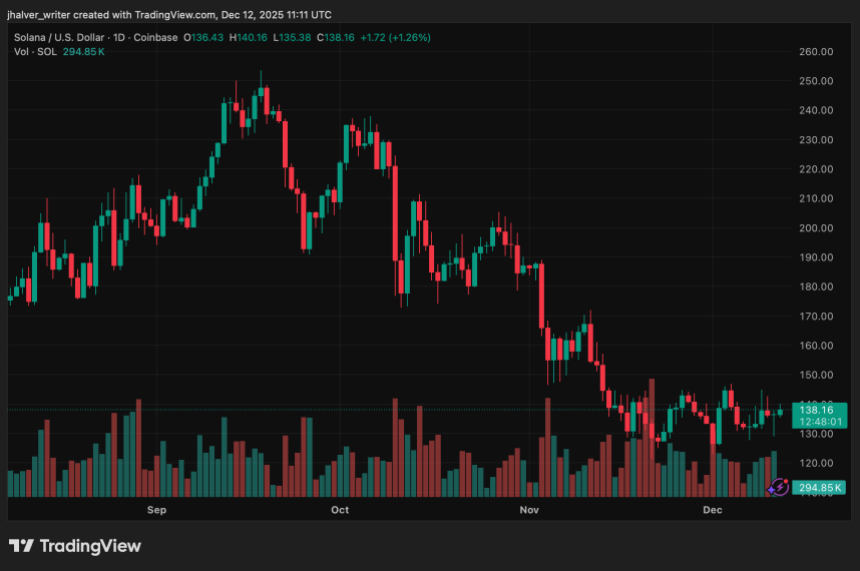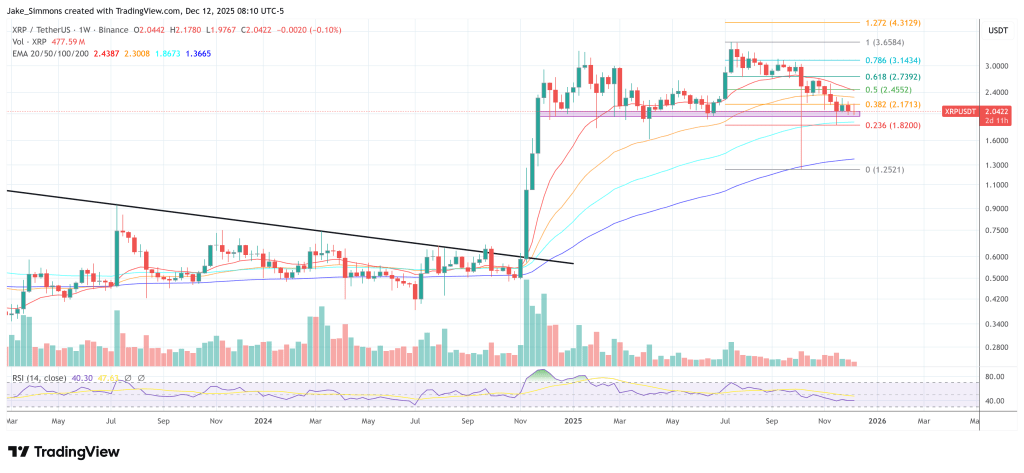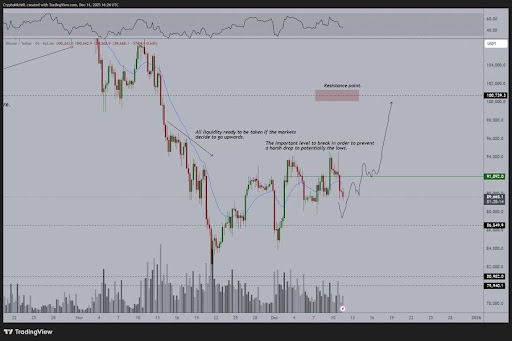
Bitcoin Spot ETF: The Bridge Between Traditional Finance and the Digital Asset World
As cryptocurrency continues to evolve, new financial instruments are emerging to help traditional investors access the world of digital assets without diving headfirst into its technical complexities. One of the most anticipated and talked-about developments in this space is the Bitcoin Spot Exchange-Traded Fund (ETF). While the concept may sound complex at first, the implications it carries for both retail and institutional investors are profound.
What Is a Bitcoin Spot ETF?
A Bitcoin Spot ETF is a type of exchange-traded fund designed to mirror the actual market price of Bitcoin. Unlike Bitcoin futures ETFs, which derive their value from contracts speculating on Bitcoin’s future price, a spot ETF is backed by real Bitcoin purchased and held by the fund manager. When an investor buys shares in a Bitcoin Spot ETF, they are essentially gaining exposure to Bitcoin’s current market value—without having to purchase, store, or secure the cryptocurrency themselves.
This product offers a more conventional path into the crypto market for investors who are familiar with traditional financial instruments but cautious about venturing into the world of digital wallets, private keys, and decentralized exchanges.
Why It Matters
The introduction and potential approval of a Bitcoin Spot ETF marks a critical moment in the integration of cryptocurrencies into mainstream finance. It serves as a bridge between two distinct financial ecosystems: the decentralized world of crypto and the regulated, institutionalized realm of traditional investing.
For years, crypto has existed largely outside the reach of traditional market participants, due in part to its decentralized nature, volatile pricing, and lack of regulation. The Spot ETF changes this dynamic by wrapping Bitcoin in a regulated investment vehicle that can be bought and sold like any stock or bond. This significantly lowers the barrier to entry.
Key Benefits for Investors
A Bitcoin Spot ETF offers numerous benefits for those seeking to add digital assets to their portfolios without the usual complexities involved in direct ownership:
- Simplicity and Convenience
Investors don’t need to manage digital wallets or navigate cryptocurrency exchanges. All transactions are handled through standard brokerage accounts, the same way one might invest in an S&P 500 ETF.
- Regulatory Oversight
Because Spot ETFs operate under the supervision of financial authorities such as the SEC (in the U.S.), they are subject to reporting requirements, custodial standards, and investor protection rules. This transparency adds an extra layer of security that’s often missing in direct crypto transactions.
- Liquidity
Spot ETFs are traded on traditional stock exchanges, which means shares can be bought and sold throughout the trading day. This continuous access allows investors to react to market movements more fluidly than in crypto markets, which can sometimes experience liquidity issues during periods of high volatility.
- Portfolio Diversification
Bitcoin is increasingly viewed as a digital store of value or a hedge against inflation. Adding exposure to Bitcoin through a Spot ETF allows investors to diversify their portfolios with an asset class that behaves differently from traditional stocks or bonds.
How It Works
Behind the scenes, a Spot ETF functions through a custodian that purchases and securely stores Bitcoin on behalf of the fund. The total value of Bitcoin held by the fund is then divided into shares, which are listed on a public stock exchange.
When investors buy shares in the ETF, they are essentially purchasing a fractional claim on the Bitcoin held by the fund. The value of the shares fluctuates in near real-time with the spot price of Bitcoin on the open market.
The ETF structure also ensures that premiums and discounts to the underlying asset remain within a tight range. Authorized participants (usually large financial institutions) play a role in arbitraging price discrepancies between the ETF and the actual Bitcoin market, which helps stabilize the price of the ETF.
The Impact of Potential Approval
If a Bitcoin Spot ETF receives approval from regulatory bodies, the implications for the crypto market and broader financial system could be significant:
- Mainstream Adoption
Traditional investors—particularly institutions—have been hesitant to embrace Bitcoin due to concerns about regulation, custody, and market manipulation. A Spot ETF solves many of these issues, offering a regulated way to gain exposure. Approval would likely usher in a wave of new capital from pension funds, endowments, and other large entities that have strict investment mandates.
- Increased Market Liquidity
More investors entering the Bitcoin market via ETFs means higher trading volumes, tighter spreads, and improved price stability. Increased liquidity could reduce volatility over time, making Bitcoin a more attractive asset for cautious investors.
- Legitimization of Crypto as an Asset Class
A Spot ETF approved by regulators would serve as a vote of confidence in Bitcoin’s legitimacy. It would also encourage other financial firms to develop related products, such as ETFs for Ethereum or other major cryptocurrencies, structured products, or crypto-related mutual funds.
- Enhanced Price Discovery
A regulated product that closely tracks Bitcoin’s real-time price across exchanges improves price transparency. This can lead to more accurate market data and better-informed decision-making for all market participants.
Caution and Considerations
Despite its many advantages, a Bitcoin Spot ETF is not without risks. It’s crucial for investors to understand that ETF shares reflect Bitcoin’s price movements, meaning they are still exposed to the same volatility and potential losses as direct investors. Additionally, fees associated with ETF management can slightly erode returns over time.
Moreover, regulatory scrutiny will likely increase as these products grow in popularity. While this adds a layer of investor protection, it may also introduce new compliance requirements or restrictions for ETF issuers and investors alike.
Looking Ahead: The Future of Bitcoin ETFs
The broader implications of a Bitcoin Spot ETF go beyond just individual investor access. These products represent a symbolic and structural shift in how the world views digital assets. They suggest that Bitcoin is no longer just a speculative plaything or an experiment in digital money—but a legitimate financial asset worthy of the same treatment as gold, stocks, and real estate.
As regulatory frameworks continue to evolve and investor appetite grows, Bitcoin ETFs—both spot and futures-based—could become key pillars in the financial architecture of the future. They will likely serve as a foundational element in the continued merging of traditional finance and decentralized innovation.
Conclusion
The Bitcoin Spot ETF is more than just another investment product—it is a milestone in the maturation of the crypto industry. By combining the technological edge of digital assets with the regulatory guardrails of traditional finance, it opens up new avenues for participation, risk management, and portfolio growth. For investors seeking a secure and accessible way to ride the Bitcoin wave, the Spot ETF may be the gateway they’ve been waiting for.





